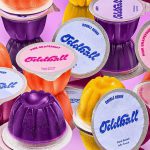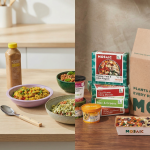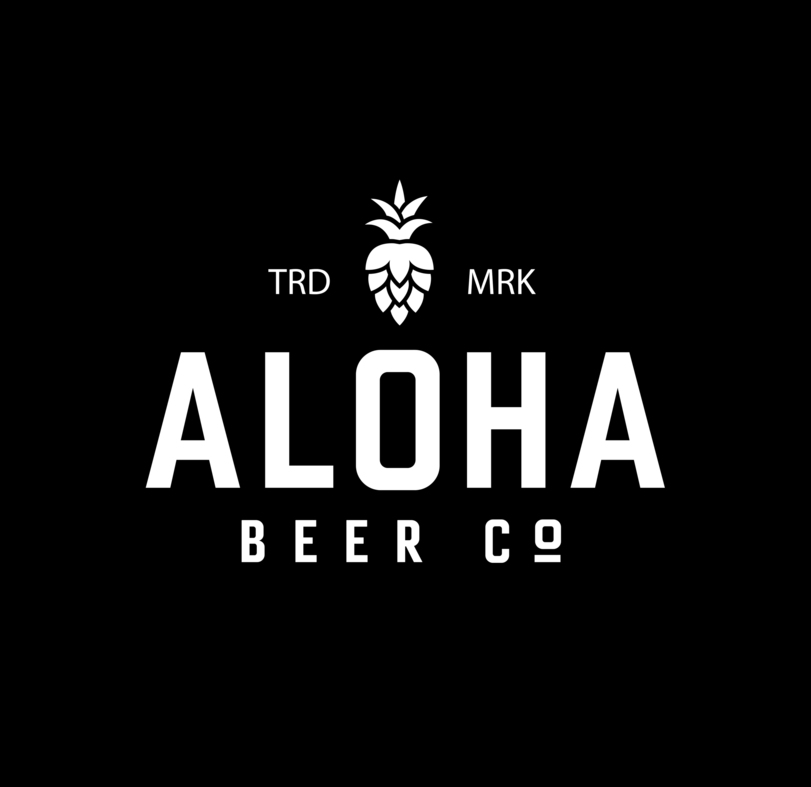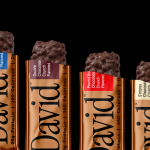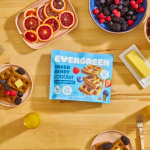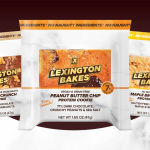Regenerative Ag Certification Options Are Growing, But What Do They Mean?
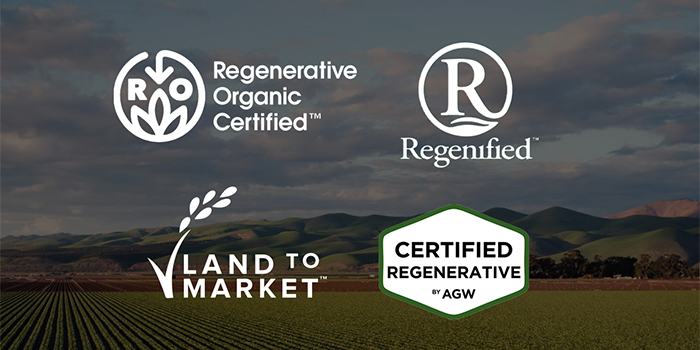
From USDA Organic to Rainforest Alliance to Dolphin Safe, the CPG industry loves its certifications. And luckily for them, there always seems to be more to choose from.
2022 appears to be the moment for regenerative agriculture and regeneratively grown certifications to shine. The certifications, which aim to move the food system away from monocropping and factory farming, put soil health, water use, crop biodiversity and carbon output, among a range of other climate-friendly metrics, into focus for growers, processors and brands.
Global food companies including General Mills, Cargill and PepsiCo have also taken notice, announcing a range of initiatives to support regenerative practices at the farm level including offering financial incentives to farmers who transition their operations.
Up until now, brands have been leading the charge in building awareness around regenerative ag, but numerous third-party organizations have recently emerged to hold growers, processors and brands to specific, codified standards, often allowing farms to adopt additional practices over time. USDA Organic, Fairtrade and the Rainforest Alliance certifications include following similar farming practices, but in 2019 Regenerative Organic Certified became the first dedicated regenerative badge for CPG products. In the past year, additional programs have emerged including Regenified (formerly Regen Earth Verified), Land to Market and Certified Regenerative by A Greener World (AGW).
“Consumers with an ever-growing concern about the human health, animal welfare and environmental costs of industrial farming systems are increasingly seeking out products with meaningful assurances that their food choices have a positive impact,” said a spokesperson for A Greener World. “‘Regenerative’ is one of the latest buzzwords in food and farming—and it’s popping up on our grocery shelves more and more. Unfortunately, most of these claims are not defined or validated—which means consumers don’t get an assurance of truly regenerative farming practices.”
Here’s what you need to know about what these certifications mean, how to get them, and how much it is going to cost.
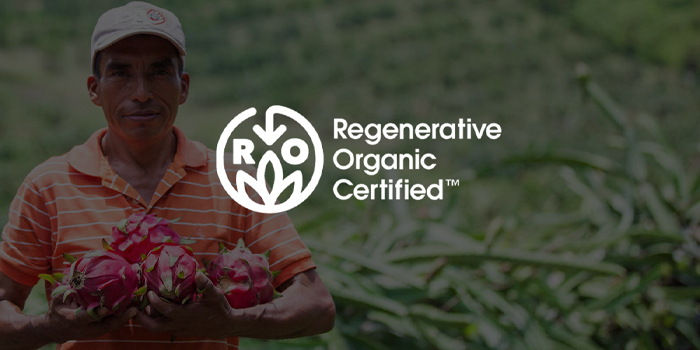
Regenerative Organic Certified (ROC)
Launched in 2019 by the Regenerative Organic Alliance (ROA), ROC certifies individual farms, ranches, or group farms and cooperatives. The program focuses on improving organic soil matter and carbon sequestration, maintaining ethical and humane animal treatment and ensuring fair working conditions for farmers, ranchers and farm workers.
In order to use the badge on packaging, companies using ROC-certified ingredients must sign a license agreement from ROA. All supply chain actors involved in making the product, regardless of whether they use the claim publically, are required to register with the organization as well.
“Brands are essential in paving the path forward in this movement by committing to pay premiums and license fees and ensuring that increases in ROC product costs are not pushed back onto the farmer,” the company said in its fee and cost report. “Farmers should not be made to pay for the other actors in the product supply chain making ROC claims. This means that brands and finished goods manufacturers should not devalue a farm’s commodity to offset their costs for ROC.”
For farms, the one-time application fee ranges from $350 to $1000 and is dependent on the number of parcels and farms the application aims to certify. The applicant is then required to select a ROA-approved Certifying Body (CB) for the certification process which charges additional fees directly to the applicant. Those costs are not regulated by ROA.
After the first year of certification, the farm pays ROA an annual fee relative to the estimated annual gross revenue of the ROC-certified crop, which can range from $250 to $750. The fee for each subsequent year is equal to 0.1% of the crops’ previous year’s actual gross revenue minus the cost of purchase by processors. The maximum annual fee is set at $10,000.
For brands, first-year licensing fees range between $500 to $20,000 and are determined yearly by the product’s estimated gross revenue. For products made with 70% or more ROC ingredients the annual fee is 0.2% of previous year’s sales and for products made with less than 70% of ROC ingredients, the fee is 0.1% of the previous year’s sales. The maximum licensing fee due is $100,000.
Processors and supply chain operators also have to pay ROC fees with the goal of taking cost burdens off of producers. Those fees range from $250 to $10,000. The organization offers financial support programs and fee waivers for producers. Additional fees may apply and are detailed in its cost and fee structure guidance.
Brands across all categories have adopted this badge including tea maker Tazo, organic food company Patagonia Provisions, ice cream maker Cosmic Bliss and hard kombucha and spirits brand Juneshine, among others.
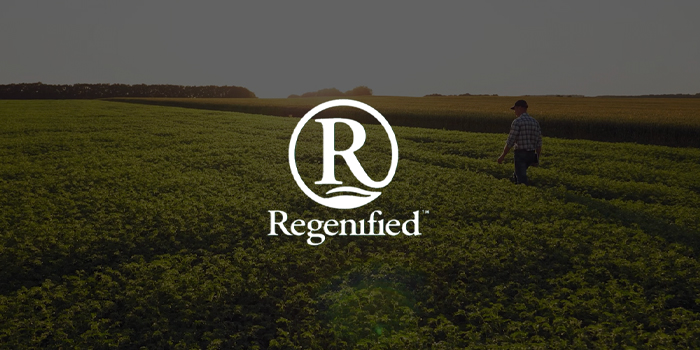
Regenified
Formerly known as Regen Earth Verified, Regenified launched earlier this year and utilizes its proprietary 6-3-4 Verification Standard to assess soil health principles, rules of adaptive stewardship and ecosystem processes at the farm level. The program uses an audit-based approach to determine each farm’s practices. After examining soil tests to establish a baseline for health and carbon sequestration, the organization uses that analysis to continue to measure the farm’s results over time.
The process “is based on the six principles of soil health, three rules of adaptive stewardship, and the four ecosystem processes,” explained a spokesperson for the organization. “We have very deliberately structured our 6-3-4 Verification Standard to have an open architecture that can include a wide range of diversity and options for each company. It is designed to be very inclusive to help farmers and ranchers understand where their practices are and move forward on the regenerative path.”
After the initial audit is complete, the findings are verified by a review board and the farm is issued official certification corresponding to one of five tiers within its system. Audits are repeated yearly to determine the farm’s continued eligibility, which requires it to improve its regenerative practices within pre-selected time spans and move up the ranks of its tier structure.
The company said it has a competitive fee structure that is designed relative to the size and complexity of each farm and ranch; it offers a “no obligation quote” for interested members.
While the organization aims to connect food, fuel and fiber companies with farmers and ranchers who have been certified by its standards, it also works directly with farmers and processors to sell Regenified products direct-to-consumers and to retailers

Land to Market
The Land to Market verification program, which was launched in March, differentiates itself from other regenerative programs with two separate verification processes to assess farms and a second program for brands to connect them with verified farms.
Designed specifically for growers, Ecological Outcome Verification (EVO) measures regeneration by assessing soil health and fertility, sequestered carbon, water infiltration and biodiversity including soil microbiology, plants and wildlife. This program was developed in collaboration with the Savory Institute and applies to land only.
“By design, EOV encompasses a much larger scope than just carbon,” said a spokesperson for the organization. “While carbon is the doorway in which many are entering the regenerative space, there are a multitude of reasons to include a broader range of measurements which demonstrate a stronger indication of overall environmental health, while simultaneously building a stronger carbon model.”
Products that come from EOV land are then eligible for a Land to Market verification seal, the second aspect of this program, however, a spokesperson for the organization noted that the farm and brand must also become Land to Market members prior to gaining verification for its products.
The membership fee includes the ability to use the Land to Market seal on products as well as EVO’s associated trademarks in investor-related documents, corporate social responsibility reports and other forms of impact related materials. These costs vary per business and depend on that business’ role within the supply chains and whether or not there is a sourcing scope of work.
Land to Market will also provide interested members with a pre-verified list of EVO ingredient producers and will work to help that organization transition over its supply chain. Since its launch, the program has obtained over 70 members brands including Applegate Farms, Epic Provisions, General Mills, Serenity Kids and Barbell Foods, among others.
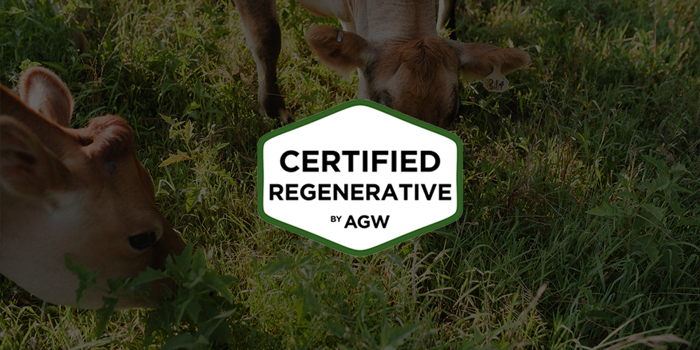
Certified Regenerative by A Greener World
Certified Regenerative by A Greener World (AGW), debuted last week with a program allowing farms to develop their own distinct regenerative plan and then certifies each one based on “site-specific, measurable progress,” according to a spokesperson for the organization.
The process begins with a farm audit that compares the grower’s practices to AGW’s baseline standards. If those standards are met and the farmer’s regenerative plan is also approved, the producer can earn the certification in its first year. The initial application and plan review fee costs $450 in addition to a travel-cost dependent audit fee, which starts at $800. Once a farm is certified, it also is required to cover annual audit fees, determined per site.
AGW’s focus on biodiversity is marketed as the primary differentiator to other regenerative certifications, requiring a plan for measurable improvements to biodiversity over a five-year span. Additionally, the plan must address site-specific risks to biodiversity and outline a strategy for mitigating the impact of those risks.
“Certified Regenerative stands alone in measuring change through soil, water and air, while also requiring regenerative practices in biodiversity, buildings, animal health and welfare, and assurances of the protection of key International Labour Organization (ILO) principles of social responsibility,” explained a spokesperson for the organization.
While the program often begins at the farm level, AGW emphasized that any interested party along the supply chain, including brands, processors and buyers, can work with the organization to obtain verification. For a finished, packaged product to receive the AGW badge, it must be reviewed by the organization and be made from at least 70% certified ingredients products.

